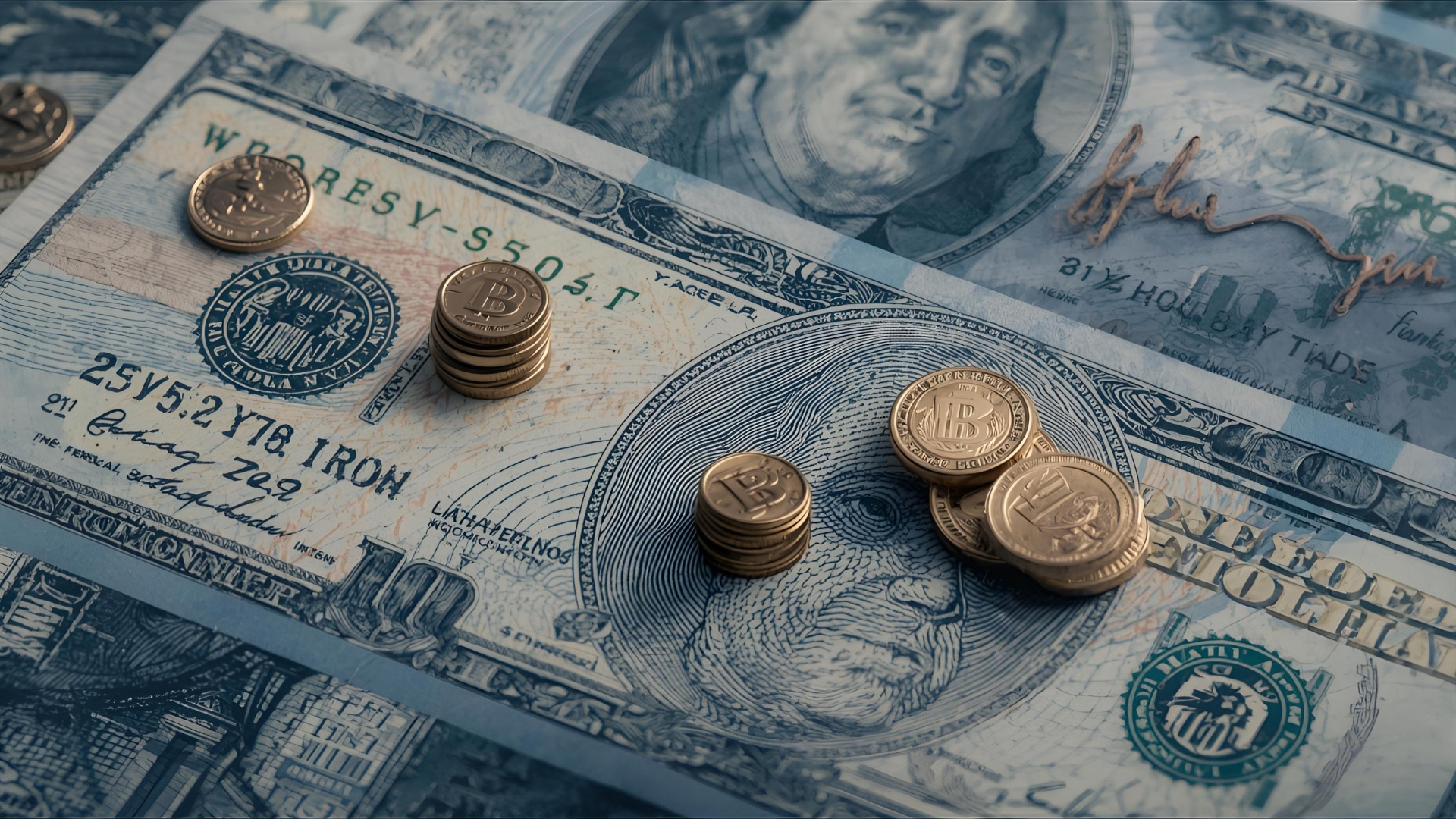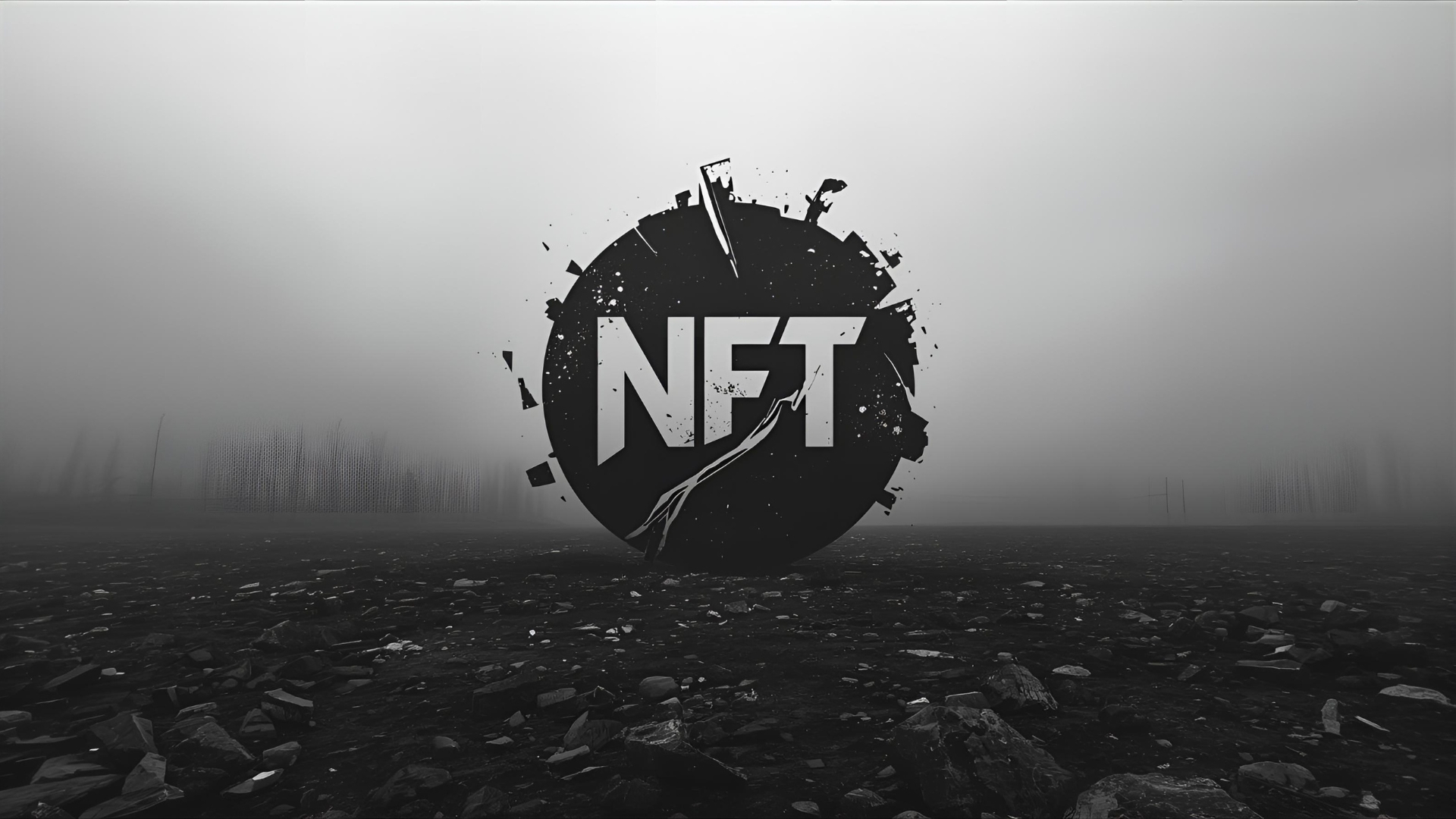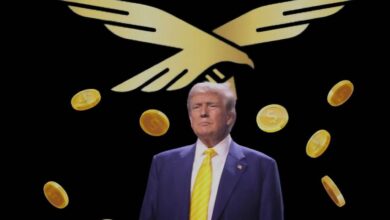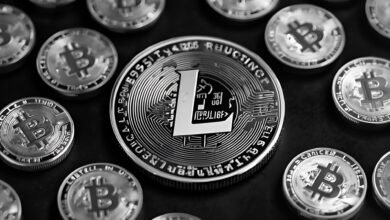
Crypto News Trump What His Evolving Stance Means Now
A deep dive into “Crypto news Trump” how his shifting crypto stance, donations, NFTs, and policy signals shape Bitcoin, stablecoins, and U.S. regulation.
Fast forward to 2022–2024, and “crypto news Trump” stories centered on high-visibility NFT releases—“Digital Trading Cards” that sold out fast, were minted on Polygon, and demonstrated how mainstream political brands could leverage non-fungible tokens to raise funds and energize communities. Coverage documented multiple drops, the creative packaging, and the sales traction.
By May 2024, official announcements and reputable crypto media confirmed that the Trump campaign had begun accepting cryptocurrency donations, positioning it as the first major party presidential effort to do so.
That move showcased an operational embrace of on-chain fundraising and self-custody-driven donor flows, pushing “crypto news Trump” into a policy-adjacent sphere: if a national campaign can take crypto, what does that imply for AML/KYC norms, disclosures, and FEC compliance workflows going forward.
The political platform and policy posture behind the headlines
When analysts parse “crypto news Trump,” they also look to party documents and policy messages, which flagged support for protecting Bitcoin mining, defending self-custody, and opposing a U.S. CBDC. While campaign platforms aren’t legislation, they signal priorities and sketch the contours of potential regulatory reform.
Multiple outlets summarized how the 2024 Republican platform marked a rhetorical shift toward digital assets—one that, if translated into policy, could change the texture of SEC and CFTC oversight, stablecoin rules, and federal market structure.
That’s why the phrase “crypto news Trump” goes beyond speeches. It points to the possibility of regulatory clarity—the single most valuable commodity for developers and investors. Even academic and policy commentary in 2025 has emphasized how a pivot from an “enforcement-first” model to an “innovation-first” model at the SEC would reshape how tokens are analyzed under Howey, how custody rules are written, and how DeFi or exchange frameworks might be standardized.
NFTs, income disclosures, and why they matter to markets

Another reason “crypto news Trump” routinely trends: disclosures around crypto income and NFT revenue. Investigative and mainstream business outlets have chronicled earnings attributed to tokenized ventures and digital collectibles, tying them to broader narratives about brand monetization and campaign finance.
While numbers vary by source and period, the through line is clear: revenue from NFTs and crypto-adjacent ventures has become material enough to warrant headlines—and to shape public debate about conflicts of interest, ethics filings, and the appropriate boundaries between public office and private enterprise.
For market participants, the details underpinning “crypto news Trump” are more than gossip. They influence how traders handicap Bitcoin price sensitivity to political news, how protocols think about reputational risk, and how traditional finance desks map policy beta into their macro playbooks. If a public figure with outsize media reach leans into crypto, every new post, platform, or press conference can become a micro-catalyst for volatility.
Donation rails and the security story few talk about
There’s a less-glamorous but vital angle in “crypto news Trump”: security. As soon as a major campaign accepts crypto donations, phishing and spoofed sites proliferate, aiming to trick supporters into transferring funds to malicious addresses.
Security researchers have documented waves of fraudulent sites piggybacking off the campaign’s crypto pivot. The lesson is universal: always verify URLs, use official portals, and consider hardware wallets or reputable wallet providers when engaging with political donations or NFT drops.
This very practical dimension of “crypto news Trump” underscores why consumer protection, education, and clear disclosure standards matter. Regulatory clarity doesn’t only help institutions; it also helps everyday users avoid scams.
What crypto news Trump could mean for Bitcoin, stablecoins, and exchanges
A consistent theme across “crypto news Trump” coverage is speculation about the policy downstreams that could reshape U.S. digital asset infrastructure. Here are the most consequential vectors to watch—each one rooted in LSI keywords the industry cares about and that realign the debate from slogans to specifics.
Bitcoin regulation and mining
When a political figure entertains friendlier rules for Bitcoin mining, it changes capital expenditures and grid planning in energy-rich states. Clearer permitting, ongoing debates over proof-of-work energy mix, and potential tax treatment of mined coins can alter the U.S. share of global hashrate. A durable signal that miners won’t face surprise bans tends to catalyze investment in demand response, waste heat recapture, and renewable integration—buzzwords you’ll see threaded through “crypto news Trump” explainers.
Stablecoins, CBDC, and payments rails
Expect “crypto news Trump” to spotlight stablecoin policy. The sector wants a federal framework that recognizes fully-reserved, regularly audited stablecoins as legitimate payment instruments with bank-level risk management, while drawing a line against a U.S. CBDC on privacy or civil-liberties grounds. Campaign statements and party platforms have already framed this debate in accessible terms for voters and donors, pushing stablecoins from niche finance to dinner-table policy talk.
SEC, CFTC, and market structure
Market structure is where “crypto news Trump” could have the most durable impact. If regulators privilege clear registration paths, safe harbors, and sandbox mechanisms, more token projects may attempt U.S. launches rather than navigating overseas or operating in a gray zone.
Academic commentary has discussed what a less adversarial SEC posture could mean for token taxonomy, disclosure, and secondary trading—not to mention how CFTC oversight of certain digital commodities might be clarified for spot and derivatives markets. Even partial rulemaking or enforcement recalibration can change liquidity, market-making, and custody strategies across exchanges and broker-dealers.
DeFi, custody, and investor protection
Few areas cause more confusion than DeFi and custody. “Crypto news Trump” will likely track any withdrawal, revision, or advancement of proposed rules around qualified custodians, safekeeping, and exchange obligations. Industry outlets have reported on pullbacks from earlier rulemaking attempts—reminding observers that administrative shifts can open policy windows for new approaches that emphasize investor protection without over-regulation.
The media effect why a single headline moves markets
Part of what makes “crypto news Trump” so potent is the megaphone effect. In crypto, narratives can be as catalytic as fundamentals, especially in the short run. A viral social post about Bitcoin, a photo-op with miners, or a sound bite about regulatory clarity can shift sentiment, which then changes funding flows and risk appetite. Traders who dismiss the politics miss an input that quant desks increasingly factor into event-driven and sentiment-driven models.
For long-term builders, the media swirl around “crypto news Trump” is a reminder to prioritize resilience: build for multiple policy paths, keep risk-management conservative, and treat compliance as a first-class product feature. No single administration—or its critics—can substitute for robust engineering, clear disclosures, and strong unit economics.
Also read: 5 Explosive Latest Bitcoin Market News Updates You Must Know
Lessons from the NFT era branding, community, and downside

The Trump NFTs are a masterclass in branding and community flywheels. They proved that a polarizing figure can tokenize cultural capital, spark secondary-market activity, and funnel attention into a web3 funnel.
But the same case study shows the downside: volatility, speculative blow-ups, and reputational risks if drops are rushed or utilities overpromised. Media retrospectives in 2025 have cataloged the uneven post-mint performance of various collections, reminding collectors to separate celebrity from sustainable value.
For marketers and founders, the takeaway is to treat NFTs like any product: define the problem, specify utility, disclose royalties, explain supply mechanics, and support the community beyond the initial mint. Those best practices matter whether your brand is political or purely commercial.
Consumer protection the evergreen subplot of crypto news Trump
As crypto meets mainstream politics, the consumer-protection narrative won’t fade. When campaigns accept Bitcoin or ETH, the chance of rug-pulls, spoof sites, or address-poisoning rises. Security researchers flagged this pattern in 2024, urging donors to verify links, use 2FA, and be skeptical of time-limited “airdrops” or solicitations on social media.
The closer crypto gets to mass adoption, the more critical education becomes to prevent hard-earned savings from vanishing because of a single mistaken click.
Market playbook navigating policy-sensitive headlines
Investors tracking “crypto news Trump” often adopt a playbook that blends macro, policy, and on-chain data:
First, anchor on fundamentals: hash rate, L2 transaction growth, stablecoin supply trends, DEX/CEX volumes, and staking dynamics. These are the baseline regardless of politics. Second, map the policy timeline: hearings, comment periods, agency nominations, and bill markups. The cadence of policy events often correlates with volatility clusters.
Third, manage tail risks: headlines can gap the market. Use prudent position sizing, avoid excess leverage, and be intentional about liquidity across venues. Even if you’re not trading actively, this framework helps you decode “crypto news Trump” in a way that’s less reactive and more strategic.
The global angle U.S. policy as a magnet—or a moat
Because the dollar system underpins global finance, U.S. choices reverberate. If “crypto news Trump” ultimately translates into clearer rules, more spot Bitcoin ETF integrations with banking rails, or bank-friendly custody norms, you could see capital rotate from offshore venues back to U.S.
platforms. Conversely, if the U.S. vacillates, innovators may keep building in jurisdictions with cleaner guidance. Either way, the U.S. remains a gravitational center: its decisions calibrate the risk premium for the entire asset class.
The bottom line why the phrase crypto news Trump keeps dominating feeds
“Crypto news Trump” has become shorthand for a set of questions that actually matter:
-
Will stablecoins get a durable federal regime that encourages private-sector payments innovation without compromising consumer protection?
-
Will token issuers and exchanges receive regulatory clarity that supports responsible launches and transparent disclosures?
-
Will Bitcoin mining policy promote energy innovation and grid stability?
-
Will enforcement shift from headline-driven to rules-driven in a way that nurtures U.S. Web3 leadership?
Whatever your politics, the answers will shape liquidity, valuation frameworks, and builder roadmaps for years. That’s why “crypto news Trump” isn’t a passing meme—it’s a lens on how one of the world’s largest economies might govern a once-fringe technology that’s now deeply entangled with markets, media, and culture.
separating signal from noise in crypto news Trump
The best way to parse “crypto news Trump” is to triangulate rhetoric, policy moves, and market structure. The historical record shows a move from early skepticism to real engagement through NFTs and crypto donations, alongside party-level signals that favor self-custody, Bitcoin mining, and opposition to a CBDC.
The open question is how much of that rhetoric hardens into lasting rules. For investors and builders, the prudent approach is to plan for multiple policy paths, insist on compliance-ready architectures, and keep your eye on the boring-but-critical details: custody standards, disclosures, and payment-rail integrations.
If clearer rules arrive, the U.S. crypto ecosystem could see a new wave of adoption and innovation. If not, the action will continue to migrate to jurisdictions that move faster. Either way, understanding the dynamics behind “crypto news Trump” will help you navigate the next cycle with more confidence and fewer surprises.
FAQs
What changed between Trump’s 2019 criticism and his recent engagement with crypto?
In 2019 he publicly criticized Bitcoin and cryptocurrencies as volatile and “not money.” In the years since, he embraced NFTs and enabled crypto donations for his campaign, signaling a pragmatic shift toward leveraging digital assets for community-building and fundraising. The evolution is well documented across mainstream and crypto outlets.
Did the Trump campaign really accept crypto donations?
Yes. Official statements and crypto media confirm that the campaign opened a portal supporting multiple assets via reputable wallet integrations. This made it the first major party campaign to formally embrace on-chain fundraising at that scale.
How do Trump-related NFTs fit into the bigger crypto picture?
They showcase how a mainstream political figure can tokenize brand equity and catalyze NFT demand. Several drops sold out quickly and kept “crypto news Trump” in the spotlight, though secondary-market performance has been mixed—typical for celebrity-driven collectibles.
What policy themes should investors watch when tracking “crypto news Trump”?
Focus on stablecoin frameworks, SEC/CFTC coordination, custody rules, and how Bitcoin mining is treated. Academic and policy commentary highlights the potential impact of an innovation-centric regulatory posture, particularly around token taxonomy and disclosure.
Are there risks for donors and supporters engaging with crypto in politics?
Yes. Security researchers observed phishing waves and spoofed sites trying to harvest crypto donations after the campaign’s announcement. Always verify official URLs and consider best-practice security steps like 2FA and hardware wallets.







